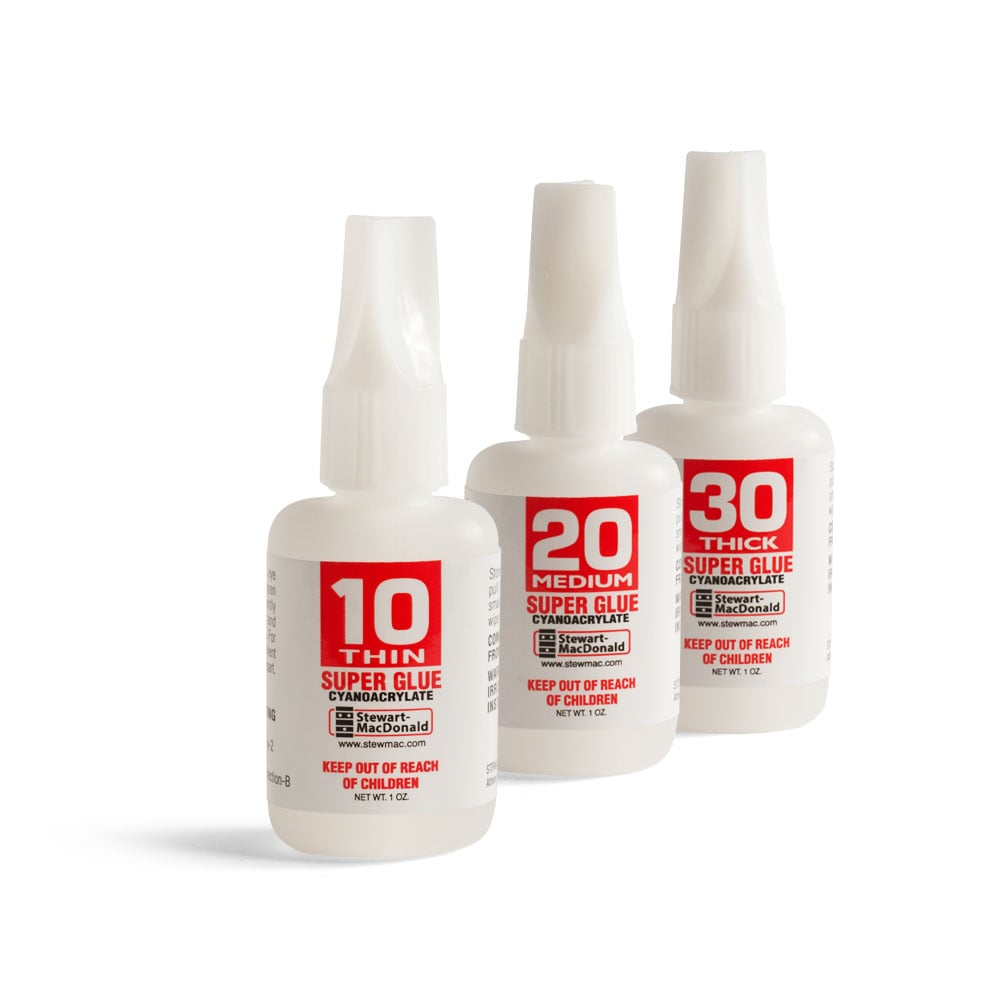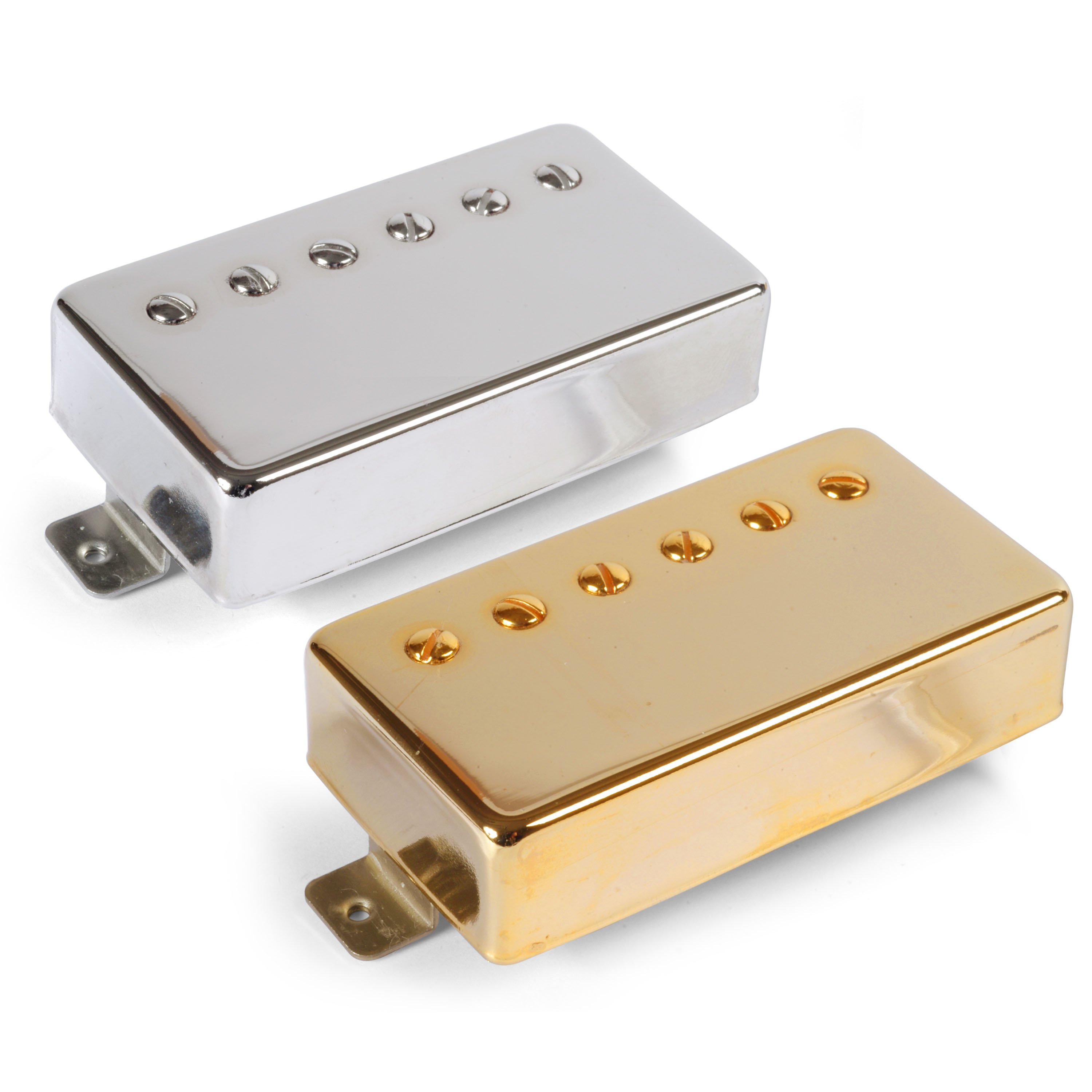Dan Erlewine's do-it-yourself neck shaping jig
Issue 230 November 20, 2014
A different sort of Erlewine Neck Jig: Dan’s building guitars out of black walnut that he’s saved for forty years. For carving and shaping, he comes up with an easy-to-make jig to hold a neck at just the right working angle. It spins and tilts too!
About the guitar in this video: Dan’s building these electrics out of the same batch of black walnut he used to create Albert King’s “Lucy” guitar in 1971.
- Dan’s plywood neck holder.
- A StewMac angle vise for tilt-and-rotate.
- Holds and protects the neck while filing.
- Super glue hardens screw threads cut into plywood.
Video Transcription
[on-screen text reads: Stewart-MacDonald - Trade Secrets!]
[Dan is carefully shaping a guiar neck with a chisel]
Dan Erlewine: I've been building a few electric guitar solid bodies this year, which is something I haven't done in a while, and I like to. Here's what I'm working on today, it doesn't really have a home, I'm not under pressure to get it done. I'm about to finish carving the heel, I did all that on a shaper. I don't really want to clamp on this, it's clean, it's all chiseled and perfectly fit, and I can't clamp on the neck, there's no fingerboard, I could crush the edges. It's all papered off for the fretboard to go on and it's really clumsy to try to take a piece like this and file it on your bench in your lap and I can't clamp it, so I've come up with a jig that holds the neck when I shape it.
Custom neck shaping jig setup
This is what I'm talking about, it's a new kind of neck jig. What really makes it is the Erlewine ShopStand and the Angle Vise, because I can swivel at any place I want it and the fact that it angles like this is really cool. I can bend it away from me and bring it to me this direction [on-screen text reads: StewMac Angle Vise] and that really covers all what you need when you're neck shaping. This is not hard to make, you can see that, it's a 45 on the bottom piece of plywood, screwed and glued to the main beam, and I drilled these holes to accept five sixteenths, 18 thread, Allen head cap screws and tapped them. Then after I tapped them, I flooded them with number #10 Super Glue, it saturates the wood and then tap it again, it's kind of like drilling steel at that point and these holes will last for a long time.
These holes are for clamps [on-screen text reads: As functional as it is stylish - StewMac Shop Apron], you might want to clamp it here while you're working there. I saw this beam at a 17 degree angle, that's what I like to build with, it's pretty traditional, it's just a heck of a tool. So in this setup here, I can sit in a chair if I want to or stand and now I can see the curve [on-screen text reads: Fast working, super smooth cut - Dragon Hand-cut Rasp]. You want to keep your eye on that so you paint it all the way down, if the grain changes on me, I can feel it's catching, I want to go a different direction, just like that.
Building a guitar is a nice change from fixing guitars and I really like it. This one's a replica of the guitar I made for Albert King in 1971 that he called Lucy. This one is Hoss, that's the man's nickname at the 12th front, he wanted the crown inlays in a more traditional look and peghead shape. They're both from the same walnut that I bought back in the sixties and I've hauled it around now for 40 years and still building with it.






